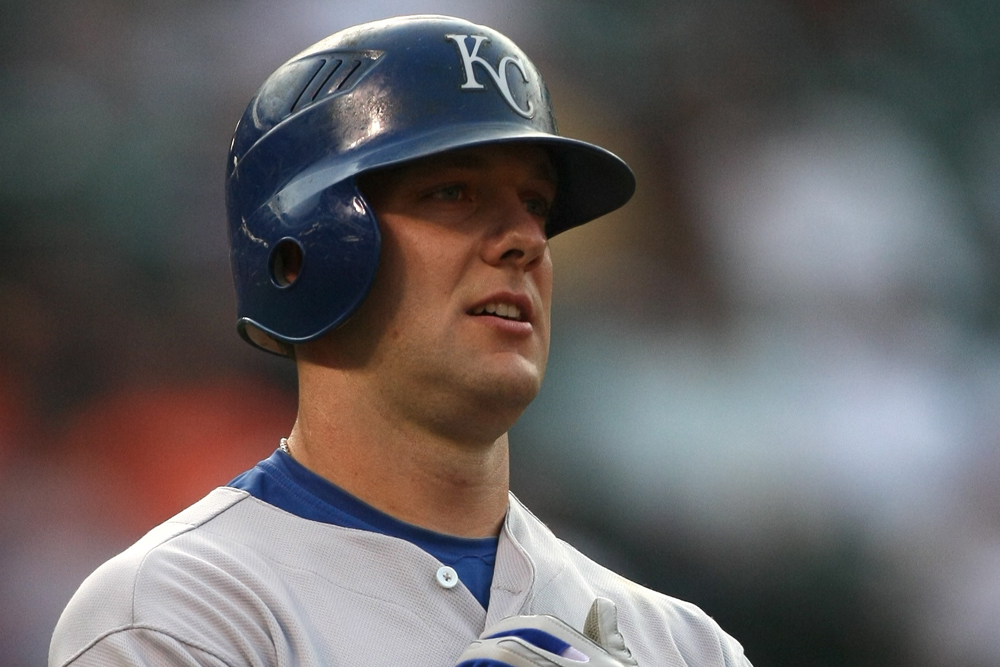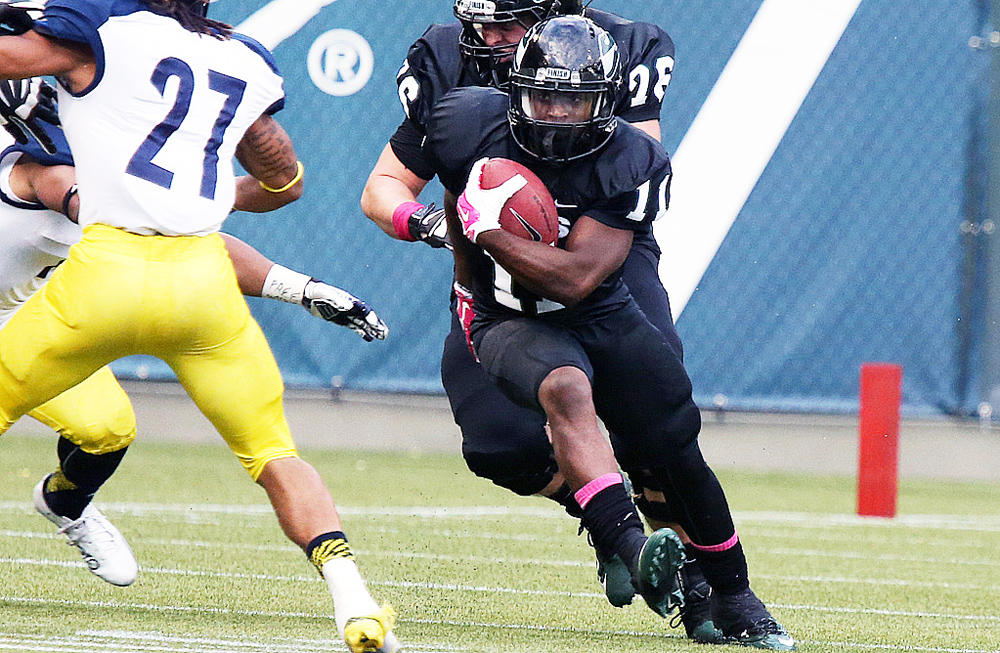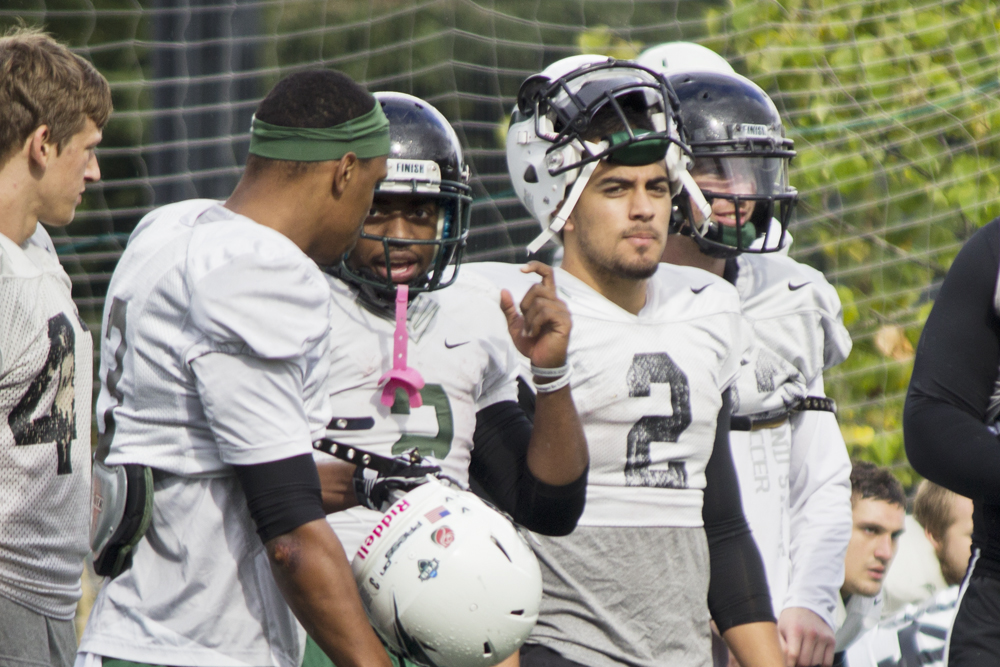By now you’ve heard the number: 29. It’s been 29 years since the Royals last made the postseason, ending the longest playoff drought in North American Professional Sports. But the other figures are just as incredible: a comeback win in the 12th inning in a Wildcard game over Oakland, eight straight postseason games won—which is also a first in Major League baseball.
It’s hard not to imagine that besides the Northern Californians and the rest of the displaced SF Giants fan base, the rest of America will be rooting for the Kansas City Royals. Their story plays right into one of America’s favorite traditions of rooting for the underdog. It’s a tradition one can’t help but partake in, even as you acknowledge that you’re being swept up in a kind of fervor. In fact, I’d argue that being in thrall, in a national fervor, is one of the primary reasons we so gladly submit to the cult of the underdog.
But aside from our love of up-and-comers and its American Dream intonations, there are several other reasons why we (yes, I am definitely rooting for the Royals) love the Royals. It seems they’re bringing to the surface certain parts of baseball that are often neglected and ignored, awakening parts of a baseball past we seem predisposed to attune our baseball faculties to.
Like basketball, the MLB and its surrounding network of statisticians has had a hard time quantifying defense. And, like the NBA, defenders are typically less paid than volume shooters and sluggers, whose impacts on the game are visibly quantifiable. Yet one forlornly concedes when faced with this pay gap that defense is, of course, half the game.
And here’s Ned Yost, the KC manager, talking about his outfield: “Those guys catch everything that’s hit out there.”
Yes, he’s exaggerating—but not that much. (Do yourself the favor and watch some defensive highlights from the KC outfield.)
In left, there’s three-time Gold Glove winner Alex Gordon. In center, ALCS MVP Lorenzo Cain, and in right, after the seventh inning, the Royals considerably shrink the size of the outfield by inserting Jarrod Dyson, who has dubbed himself a Master of Anticipation. He comes in and plays center, moving Cain to right.
They lead the league in both DRS and URZ, covering an extreme amount of space while being well equipped with accurate, strong arms. To put this into a more digestible equation, the outfield of Dyson, Cain and Gordon has played around 360 innings together, or about 40 total nine-inning games. There have been 256 in-play fly balls during those innings. 15 have fallen for hits and 11 of those hits were for extra bases. (This, of course, doesn’t consider home-runs.)
Ponder that statistic for a moment and you’ll realize how other-worldly the Royals have been.
This has led to Sam Miller of Baseball Prospectus wondering where to historically place this outfield. “We’re talking about what one might decide to argue is the greatest defensive outfield of all-time,” he wrote.
Or, in colloquial terms, they play baseball the ‘right way,’ and no amount of statistics will illuminate this more than the pleasure one derives from watching them work. It is, as I say, a revitalization of some of our baseball senses. And, above that, it’s a call to an ancestry that requires nothing of us except that we root for those who were unlikely to win, and that fervor and faith and hard work is all you need to be a champion.
Well, and great defense.





